Preventive Dentistry – Edison, NJ
The Foundation of Every Stunning Smile
WHAT IS PREVENTIVE DENTISTRY?
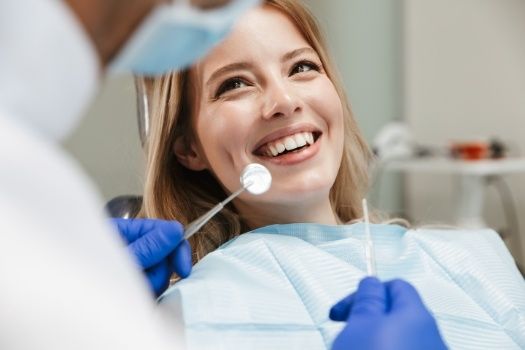
Preventive dentistry includes a range of dental services that are concerned with preserving the health of your teeth and gums while preventing serious oral health issues such as tooth decay, gum disease, and oral cancer. The American Dental Association (ADA) recommends visiting the dentist once every six months for routine preventive care such as teeth cleanings and dental checkups.
Because your oral health is connected to your oral health, by keeping your mouth healthy you reduce your risk of serious health conditions like diabetes and heart disease. To schedule an appointment with Dr. Shefat Rabbi for preventive dentistry in Edison, contact us at One Dental New Jersey today.
What to expect at your preventive dentistry appointment
DENTAL EXAM & X-RAYS
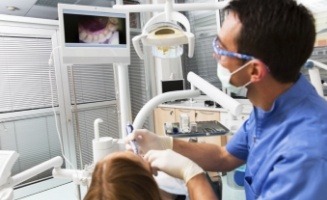
At a preventive dentistry appointment, we’ll first perform a dental exam to look for signs of tooth decay, gum disease, and other oral health problems. If necessary, we will take x-rays to get a closer look and verify the presence of tooth decay or gum disease.
TEETH CLEANINGS
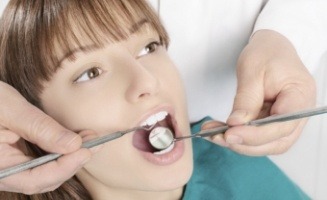
We will scale your teeth to remove plaque and tartar from the gumline. We’ll then clean and polish your teeth with a high-powered toothbrush and gritty toothpaste and then floss your teeth.
FLUORIDE VARNISH

We’ll finish off your dental cleaning with a fluoride treatment that offers additional protection to your teeth from cavities until your next appointment. A fluoride gel is applied to the teeth for a few minutes and then is rinsed out.
ORAL CANCER SCREENING
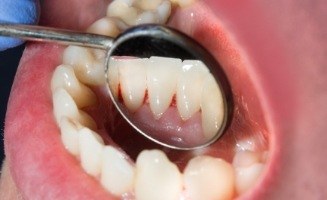
If any abnormalities were detected in the mouth during your oral exam, we may take a biopsy to test for the possibility of oral cancer. When caught early, oral cancer is reversible.
Schedule Follow-Up Appointment

If you need a follow-up dental appointment for a simple filling, more complex restorative work, or a cosmetic dentistry treatment, we can schedule your next appointment before you leave our office. We also recommend that you schedule your next cleaning in six months to ensure your smile stays bright and beautiful.
Preventive Dentistry Treatment Options
Teeth Cleanings
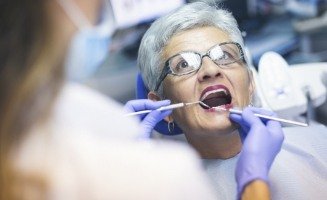
A teeth cleaning removes surface stains, food particles, bacteria, and the buildup of plaque and tartar from the mouth. A scaler is used to remove plaque and tartar from the gum line.
Tartar buildup occurs when plaque is left untreated and hardens. Tartar needs to be removed by a professional and can’t be removed at home. This is important to prevent the development of gum disease which can lead to serious complications like tooth loss.
Dental Checkups & X-rays
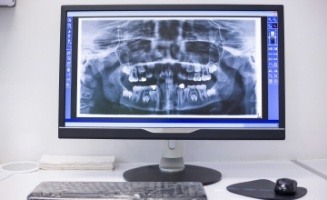
A dental exam will be performed to look for signs of oral health problems such as tooth decay, gum disease, or oral cancer. X-rays are typically taken every few years, if we don’t have your records on file, or if we need to get a closer look at a present problem such as an infection or impacted/damaged teeth.
Fluoride Treatments
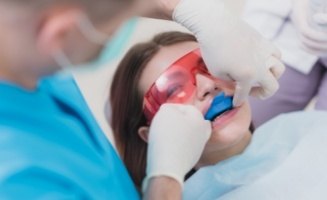
A fluoride treatment is applied at the end of your dental cleaning to protect your teeth from cavities. The fluoride varnish contains minerals that strengthen your teeth and prevent enamel erosion from acid attacks caused by plaque.
Dental Sealants
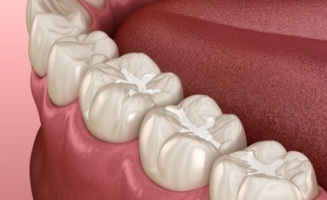
Dental sealants are thin plastic coatings that smooth out pits and grooves on the back molars which are more prone to developing cavities.
We recommend placing dental sealants as soon as a patient receives their first and second permanent molars at about 6 and 12 years old. Sealants make it easier to thoroughly clean these teeth and seal out plaque and food particles.
Oral Cancer Screenings
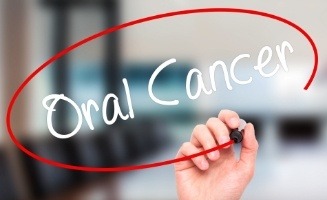
During your oral exam, we will look for abnormalities that could indicate the presence of oral cancer in the mouth such as mouth sores or red or white patches.
If we detect any of these signs, we may perform additional testing. There are dyes and special lights that can show the presence of oral cancer. A biopsy can also be taken and sent to an outside lab to test for cancer cells.
Preventive Dentistry FAQs
What’s the proper tooth-brushing technique?
You need to brush your teeth at least twice a day for two minutes each time. While brushing, hold your brush at a 45-degree angle to your teeth and gums, and use small, circular strokes to clean the front, back, and chewing surfaces of each tooth. You should spend about 30 seconds on each quadrant of your mouth.
In addition, remember to replace your toothbrush or electric toothbrush head every 3-4 months, and to use an ADA-approved toothpaste with fluoride.
How do you floss correctly?
First, unroll about 18-24 inches of floss. Wind most of the floss around the index or middle finger of one of your hands. Then, wind the last few inches around the index or middle finger of your opposite hand.
Use your thumbs to pinch a 1-inch section of floss between your fingers. Gently move this section of floss between your teeth with a rocking motion. When the floss reaches your gumline, hug the floss against one of your teeth to create a “c” shape and move it up and down to dislodge plaque and bacteria. Do the same motion against the adjacent tooth to clear below both sides of the gum.
Next, gently remove the floss from between your teeth. Wind a new 1-inch section of floss between your fingers, move to the next tooth, and repeat.
What's the difference between prophylactic cleanings and periodontal cleanings?
Prophylactic cleanings are required for all patients. They are the regular cleanings you get every 6 months at your dental appointments. During most cleanings, your dentist or dental hygienist will remove plaque, tartar and bacteria from your teeth, buff and polish them, and then floss your teeth to remove any residual debris.
Periodontal cleanings are different. They’re only needed if you have periodontal or gum disease. This process, also known as a “deep cleaning” is done in two appointments, usually with half of your mouth cleaned at each appointment. Your Edison dentist will scrape away plaque and tartar from between your teeth and gums and smooth the roots of your teeth to eliminate pockets that trap bacteria. Unless you have gum disease, you won’t need a periodontal cleaning.
Is preventive dental care covered by dental insurance?
Most dental insurance policies will cover at least a portion of basic preventive care, and usually 100% is covered. Preventive care treatments include prophylactic teeth cleanings every 6 months, any necessary X-rays (usually once a year), and an annual or biannual dental exam performed by your dentist in Edison. For children, dental insurance policies may also cover the cost of optional preventive treatments, like dental sealants and fluoride treatments.
However, insurance policies do differ and it’s up to the patient to understand their coverage. Make sure you consult with your provider so you know exactly what’s covered and what will likely be out-of-pocket.
